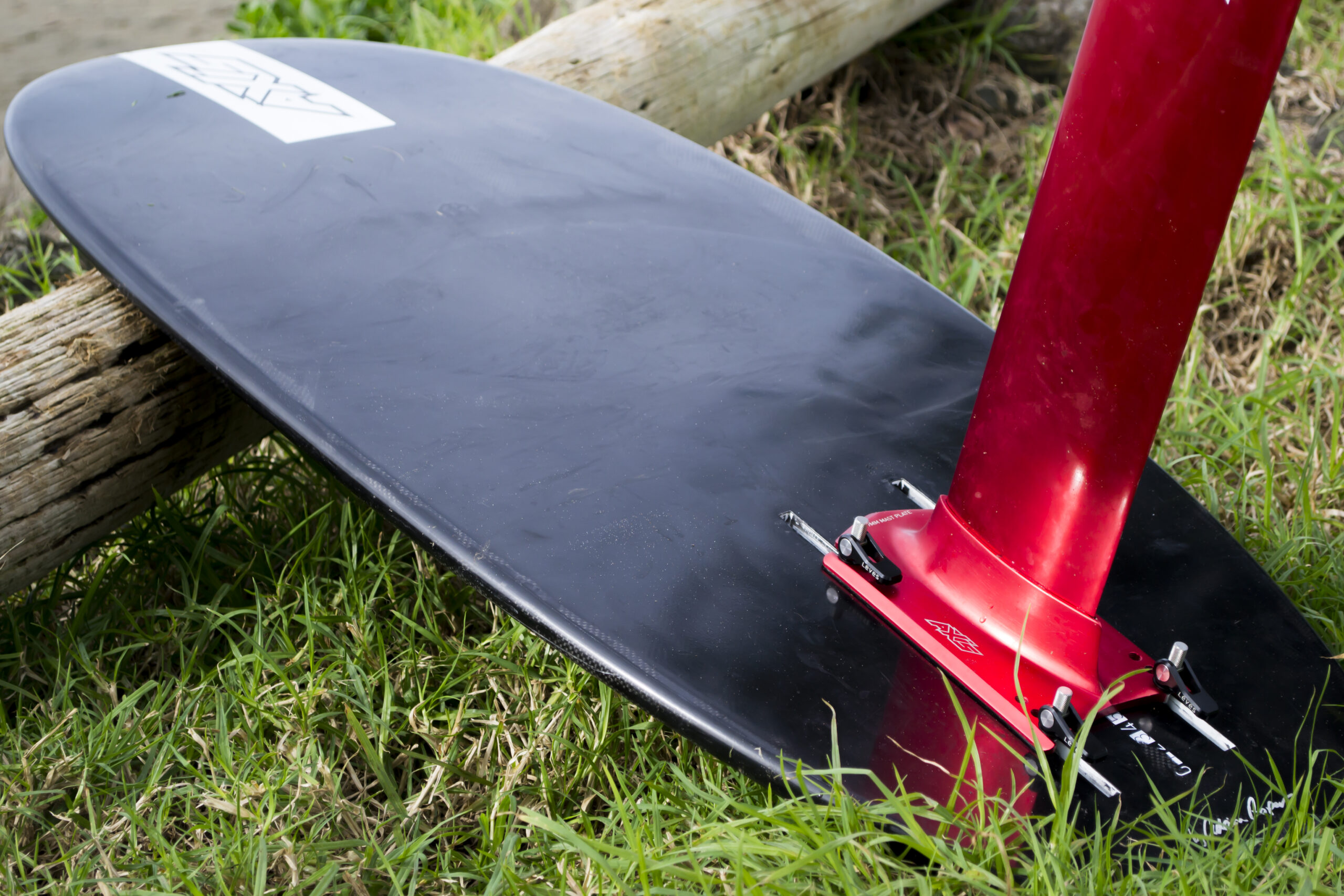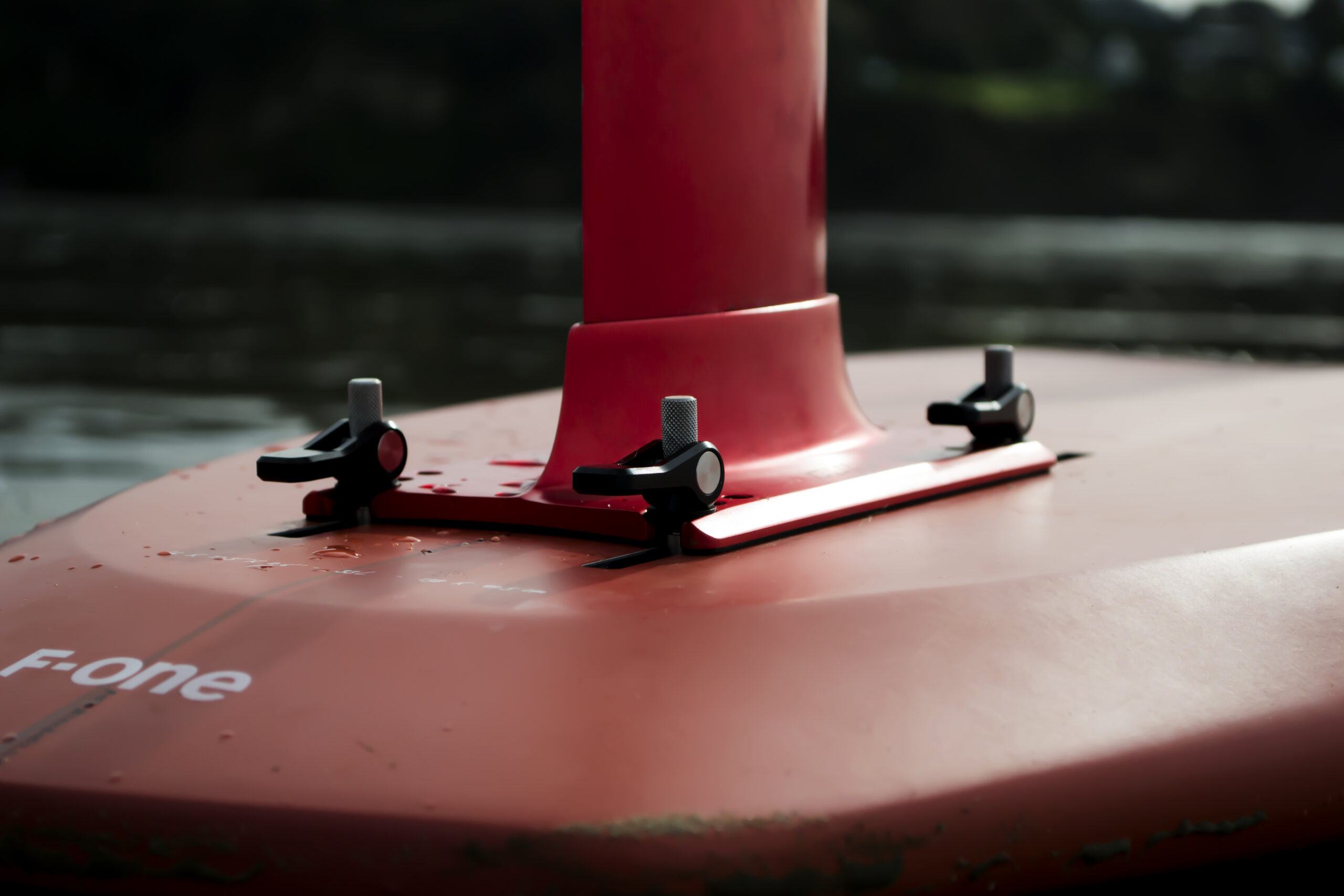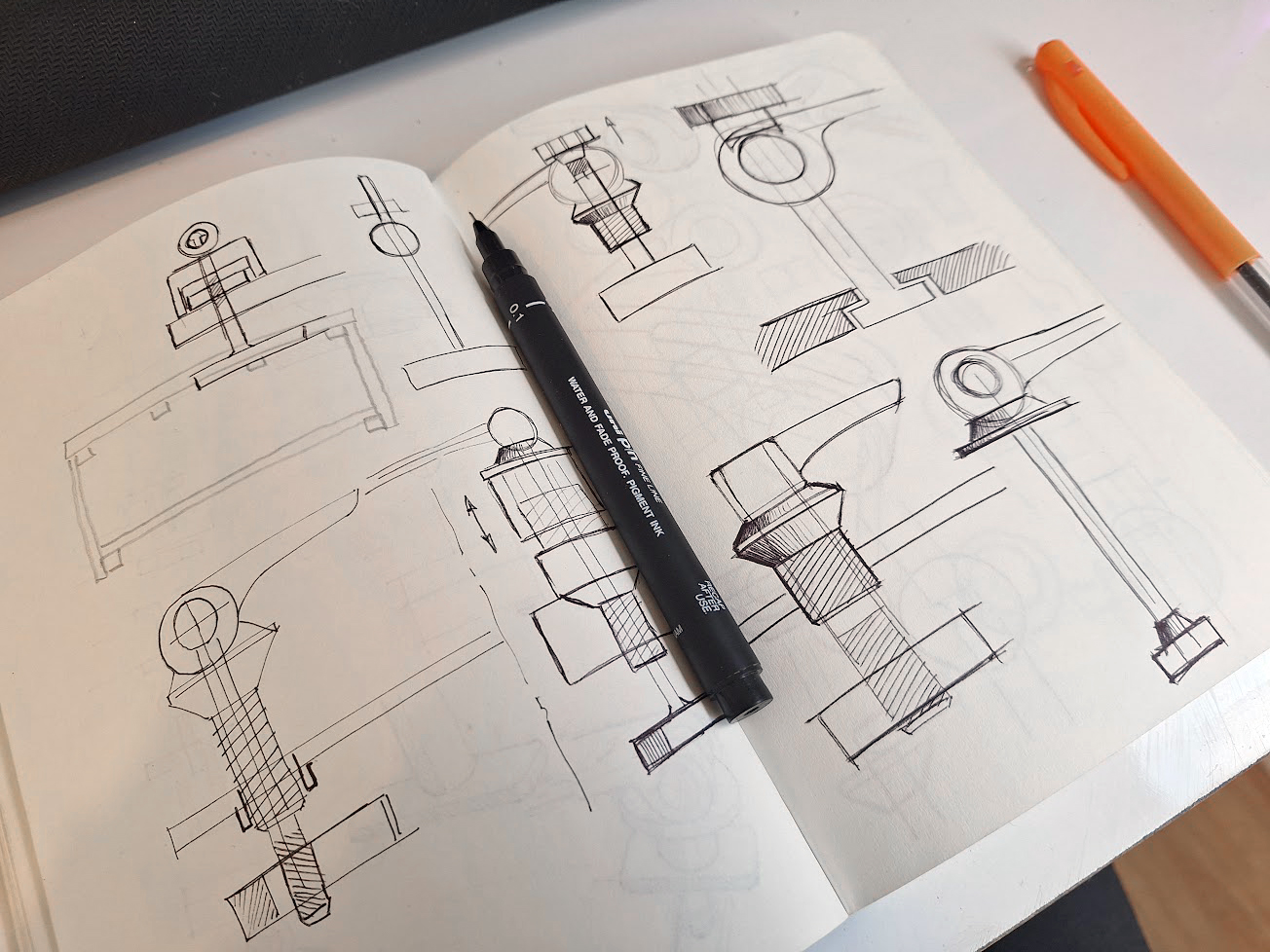
Not every project ends with a product launch. Some end with insight.
A while back, I worked on a quick-release bolt system for surfboard hydrofoils. The goal was clear: speed up the awkward setup process that most foilers endure. Mounting a foil typically involves four bolts, T-nuts, and a hand tool — not ideal when you’re on the beach, juggling gear in wind and sand. I saw people stashing drills in their cars just to speed it up. That was the signal: this setup was annoying enough to improve.
So I got to work.
I went straight into CAD, designed a clean, compact solution, and 3D printed a few quick test pieces. The mechanism felt good. Confident, I commissioned a short run of machined prototypes in stainless and anodised aluminium. I ran the numbers. Structurally, it held up. Drag? Equivalent to dipping two fingers in the water. I even tested it myself in the water to vouch for its performance.
And yet — no one used it.
I handed sets to friends. They were curious, even impressed. But when it came to strapping their expensive gear to it, they reverted to the standard bolt system. The strength was there. The math was sound. But the trust wasn’t.

The lesson
Even if a product solves a problem, it won’t get adopted if users don’t feel confident using it. Especially in markets where equipment is high-value and failure isn’t an option.
In hindsight, I may have moved too quickly. The concept felt right, and I had early validation from casual conversations. But I skipped the deeper user discovery and tested too late. The market didn’t reject the problem — they just weren’t ready for my solution.
I still believe it was a clever bit of design. But clever isn’t always enough.
Since then, I’ve taken a leaner approach. Test earlier. Talk to users longer. Build just enough to learn. And never fall in love with your solution before the market does.


